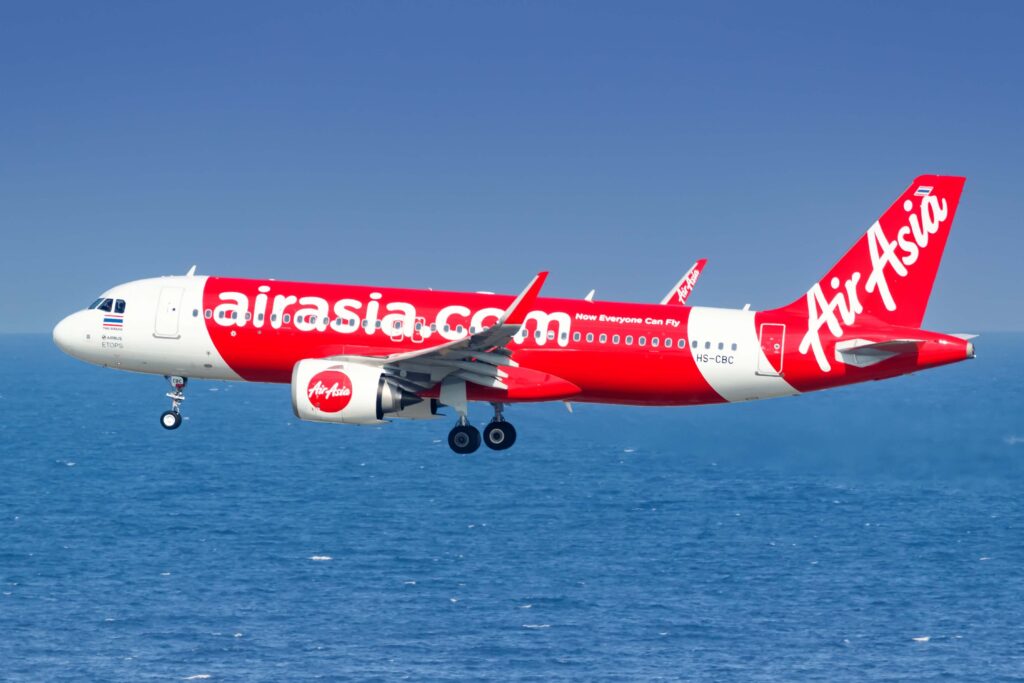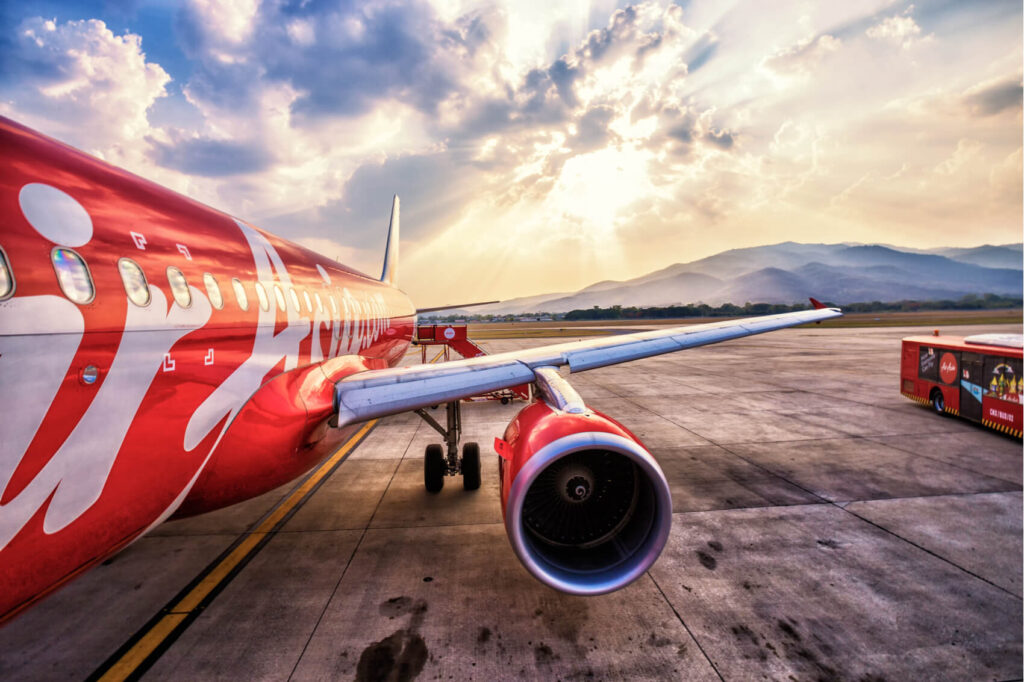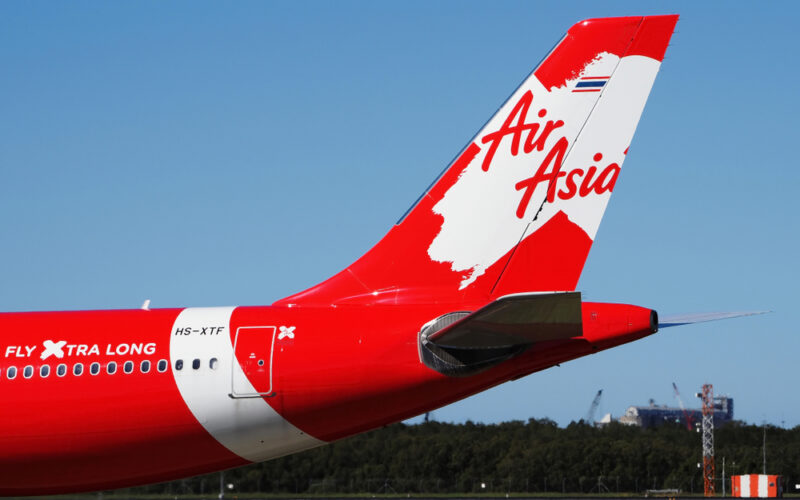In a filing made at the Bursa Malaysia (Malaysian Stock Exchange) on April 26, 2024, the board of AirAsia X detailed its further plans regarding the company’s proposed acquisition of AirAsia Berhad, the parent organization of Malaysian low-cost carrier AirAsia plus the AirAsia Aviation Group which includes four non-Malaysian AirAsia-branded airlines.
Investment firm Capital A and the AirAsia Group, the newly incorporated entity that will eventually be the holding company of AirAsia X, announced on April 26, 2024, that it has signed a conditional sale and purchase agreement for Capital A’s strategic divestment and AirAsia Group’s strategic acquisition of its aviation businesses. The landmark agreement, which has been approved by the boards of Capital A and AirAsia X, is expected to “catalyze AirAsia to its next growth phase to become the world’s first low-cost network carrier and redefine the aviation industry landscape,” according to a company statement.
Both AirAsia Berhad and AirAsia Aviation Group are wholly owned subsidiaries of investment group Capital A, which controls the operations of AirAsia Malaysia, AirAsia Cambodia, Thai AirAsia, AirAsia Philippines, and Indonesia Air Asia. Under the terms of the new deal, ownership of all of these companies, as well as AirAsia X and Thai AirAsia X, will transfer to a newly formed holding company – the AirAsia Group. Each individual airline in the group will continue to hold its own air operator’s certificate.
The planned purchase will be accompanied by an internal reorganization that will see all seven airline entities operating under the ‘AirAsia’ single brand for the first time, including Air Asia X. The filing says this will improve “synergistic benefits through centralized decision making and more co-ordinated network plans,” particularly regarding fleet management and utilization.

By the middle of April 2024, the airlines will all be transferred to the new holding company which will collectively operate around 250 aircraft with a further 400 aircraft on order with deliveries scheduled to run through to 2035.
Under the terms of the agreement and subject to requisite approvals, the transaction to form the single AirAsia Group includes two parts:
The divestment of AirAsia Aviation Group, consisting of AirAsia subsidiaries in Thailand, Indonesia, the Philippines, and Cambodia, will be fulfilled through the issuance of new AirAsia Group shares to Capital A worth RM3 billion ($628 million). Following this divestment, Capital A will immediately distribute RM2.2 billion ($461 million) worth of the newly issued AirAsia Group shares to Capital A shareholders. Upon the completion of the proposed divestment and AirAsia X proposal, Capital A is expected to retain 18.39% of the enlarged issued shares of AirAsia Group.
The divestment of AirAsia Malaysia, for RM3.8 billion ($796 million) is to be satisfied by AirAsia Group’s assumption of RM3.8 billion ($796 million) of debt owed by Capital A to AirAsia Malaysia.
What do the companies say about the plans?
“Today’s announcement is more than just a transaction, but a unique and time-sensitive opportunity to elevate our aviation business to the next level, while driving growth and profitability across core non-airline business portfolios for Capital A,” said CEO of Capital A and Advisor to the newly formed AirAsia Aviation Group, Tony Fernandes. “The divestment facilitates clear distinction between Capital A’s main portfolios of businesses – the aviation group, digital businesses, and logistics plus aviation services to optimize synergies across entities and unlock greater value for all stakeholders.”
“When AirAsia was founded in 2001, our vision was clear: to establish a low-cost airline model focused on simplicity and cost-efficiency, primarily operating single-type narrowbody aircraft optimized for short-haul flights. To capture the medium-haul market, AAX was created in 2007 adhering to the same principles of low-cost, and efficient operations. The emergence of Airbus’ A321LR and A321XLR, is an unprecedented, game-changing opportunity,” Fernandes added.

“We are excited about the dawning of a new era, where AirAsia and AAX operations will unify to create a single-type fleet that can reach the entire world, without the complexities associated with a mixed fleet,” said Bo Lingam, Group CEO of AirAsia Aviation Group. “With extended seven to 10-hour range capabilities and unparalleled fuel efficiency, these aircraft can fly further and more efficiently than previous narrowbodies, allowing us to explore new destinations and pioneering new and underserved routes, which has been the hallmark of AirAsia’s success. Our ambition is to rival global giants with a profitable, low-cost network spanning the globe.”
“We wholeheartedly welcome the strategic acquisition,” said Benyamin Ismail, CEO of AirAsia X. Over the next five years, we plan to leverage the extended range capabilities of the new specification aircraft to connect ASEAN to Europe, Africa, Central Asia, and North America, solidifying our position as a key player in the global aviation market.
The “One Airline” strategy accelerates our journey, leveraging existing routes, approvals, and slots for rapid expansion. For AirAsia X shareholders, this is a rare opportunity to acquire not one, but four established and growing ASEAN-based airlines with existing routes, approvals, and slots – at a cost outlay of just RM3 billion in new shares issuance.

